Water to Steam Formation
Most mineral substances can exist in the three physical states (solid, liquid and vapor) which are referred to as phases. In the case of H2O (water), the terms ice, water and steam are used to denote the three phases respectively.
The specific combinations of atomic elements provide compound substances. One such compound is represented by the chemical formula H2O (water), having molecules made up of two atoms of Hydrogen and one atom of Oxygen.
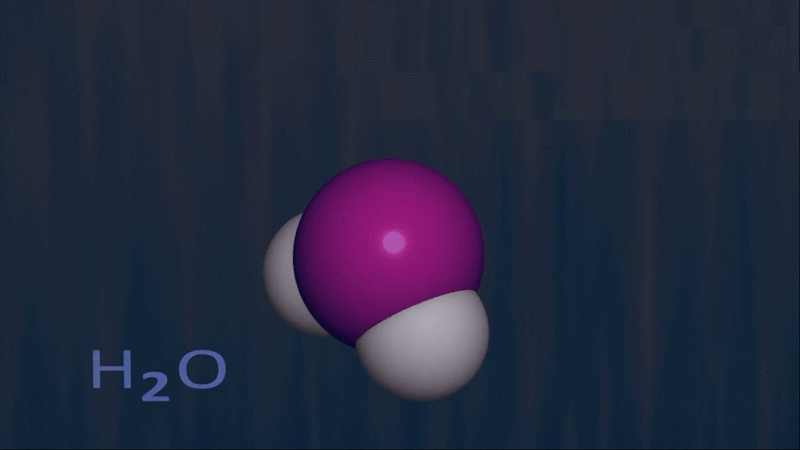
2H2 + O2 → 2H2O (Water)
The molecular arrangement of ice, water, and steam is convenient to consider the molecules as bonded together by electrical charges (referred to as the Hydrogen bond). The degree of excitation of the molecules determines the physical state (or phase) of the substance.
The reason water is so plentiful on the earth is because Hydrogen and Oxygen are amongst the most abundant elements in the universe. Carbon is another element of significant abundance and importance, and is a key component in all organic matter.
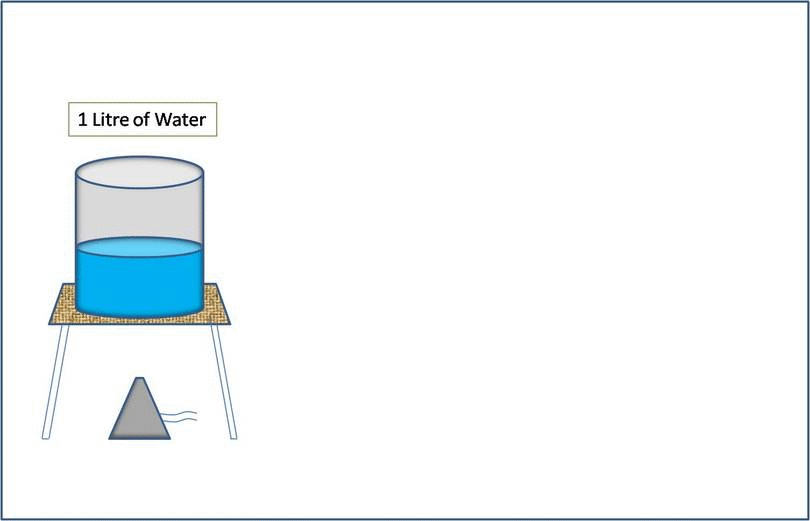
In ice form, the Hydrogen and Oxygen molecules are locked together in an orderly lattice type structure and can only vibrate. In the solid phase, the movement of molecules in the lattice is a vibration about a mean bonded position where the molecules are less than one molecular diameter apart.
The continued addition of heat causes the vibration to increase to such an extent that some molecules will eventually break away from their neighbours, and the solid starts to melt to a liquid state.
Ice :
At atmospheric pressure, melting occurs at 0°C. Changes in pressure have very little effect on the melting temperature, and for most practical purposes, 0°C can be taken as the melting point. However, it has been shown that the melting point of ice falls by 0.0072°C for each additional atmosphere of pressure. For example, a pressure of 13.9 bar g would be needed to reduce the melting temperature by 0.1°C.
Heat that breaks the lattice bonds to produce the phase change while not increasing the temperature of the ice is referred to as enthalpy of melting or heat of fusion. This phase change phenomenon is reversible when freezing occurs with the same amount of heat being released back to the surroundings.
For most substances, the density decreases as it changes from the solid to the liquid phase. However, H2O is an exception to this rule as its density increases upon melting, which is why ice floats on water.
Water :
In the liquid phase, the molecules are free to move, but are still less than one molecular diameter apart due to mutual attraction and collisions occurring frequently. More heat increases molecular agitation and collision, raising the temperature of the liquid up to its boiling temperature.
Enthalpy of water = Water (liquid) enthalpy or sensible heat (normally denote as hf) of water.
This is the heat energy required to raise the temperature of water from a reference point of 0°C to its current temperature.
At this reference of 0°C, the enthalpy of water has been arbitrarily set to zero. The enthalpy of all other states can then be identified, relative to this easily accessible reference state.
Sensible heat was the term once used, because the heat added to the water produced a change in temperature. This temperature could be sensed or measured, hence the term Sensible heat. However, the accepted terms these days are liquid enthalpy or enthalpy of water.
At atmospheric pressure (0 bar g), water boils at 100°C, and 100 kCal of energy are required to heat 1 kg of water from 0°C to its boiling temperature of 100°C. It is from these figures that the value for the specific heat capacity of water (cp) of 1.0 kCal/kg °C is derived for most calculations between 0°C and 100°C.
So the Specific Heat capacity of Water is the amount of energy/heat in Kilo calories, required to raise the temperature of One Kilogram of water by 1 Deg C.
Steam :
As the temperature increases and the water approaches its boiling condition, some molecules attain enough kinetic energy to reach velocities that allow them to momentarily escape from the liquid into the space above the surface, before falling back into the liquid.
Further heating causes greater excitation and the number of molecules with enough energy to leave the liquid increases. As the water is heated to its boiling point, bubbles of steam form within it and rise to break through the surface.
Considering the molecular arrangement of liquids and vapours, it is logical that the density of steam is much less than that of water, because the steam molecules are further apart from one another. The space immediately above the water surface thus becomes filled with less dense steam molecules.
When the number of molecules leaving the liquid surface is more than those re-entering, the water freely evaporates. At this point it has reached boiling point or its saturation temperature, as it is saturated with heat energy.
If the pressure remains constant, adding more heat does not cause the temperature to rise any further but causes the water to form saturated steam. The temperature of the boiling water and saturated steam within the same system is the same, but the heat energy per unit mass is much greater in the steam.
At atmospheric pressure the saturation temperature is 100°C. However, if the pressure is increased, this will allow the addition of more heat and an increase in temperature without a change of phase.
Therefore, increasing the pressure effectively increases both the enthalpy of water, and the saturation temperature. The relationship between the saturation temperature and the pressure is known as the steam saturation curve.
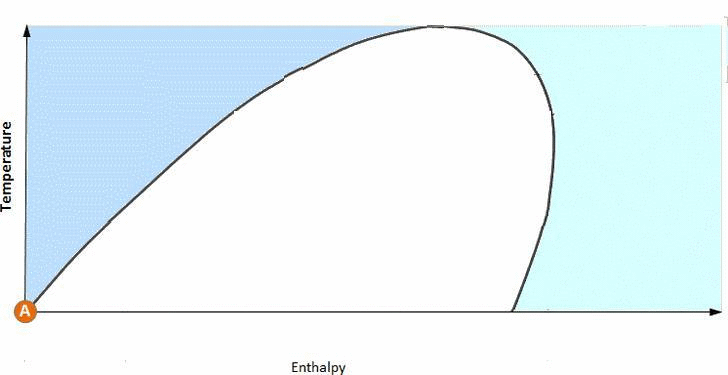
Steam Saturation Curve
Water and Steam can co-exist at any pressure on this curve, both being at the saturation temperature. Steam at a condition above the saturation curve is known as superheated steam:
- Temperature above saturation temperature is called the degree of Superheat of the Steam.
- Water at a condition below the curve is called sub-saturated water.
If the steam is able to flow from the boiler at the same rate that it is produced, the addition of further heat simply increases the rate of production. If the steam is restrained from leaving the boiler, and the heat input rate is maintained, the energy flowing into the boiler will be greater than the energy flowing out. This excess energy raises the pressure, in turn allowing the saturation temperature to rise, as the temperature of saturated steam correlates to its pressure.

 Aerated Concrete Block Industry
Aerated Concrete Block Industry 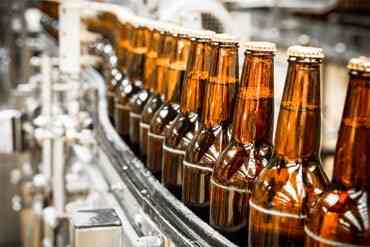 Brewery Industry
Brewery Industry 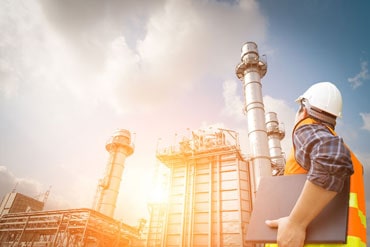 Captive Cogen Industry
Captive Cogen Industry 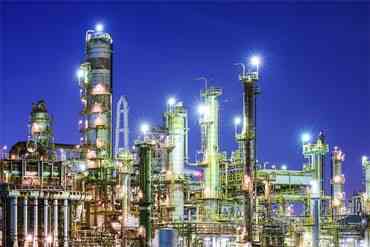 Chemical Industry
Chemical Industry  Dairy Industry
Dairy Industry 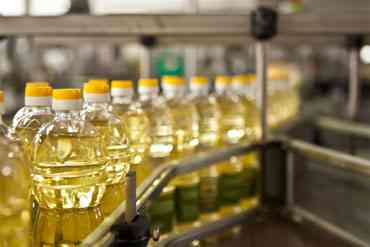 Edible Oil Industry
Edible Oil Industry 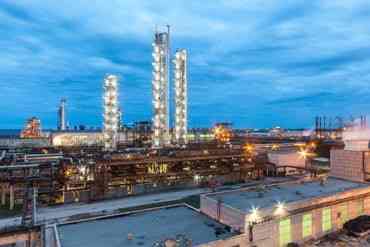 Fertilizer Industry
Fertilizer Industry  Hotel Industry
Hotel Industry 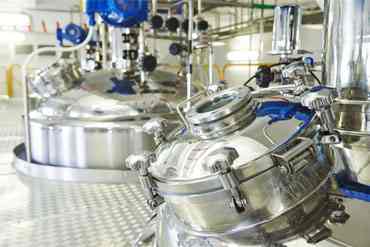 Pharma Industry
Pharma Industry 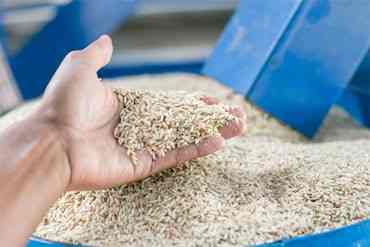 Rice Industry
Rice Industry 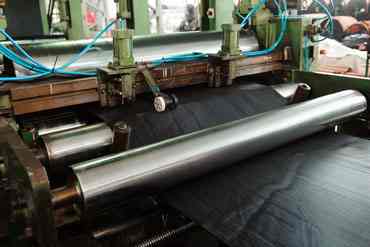 Rubber Industry
Rubber Industry  Soap Industry
Soap Industry 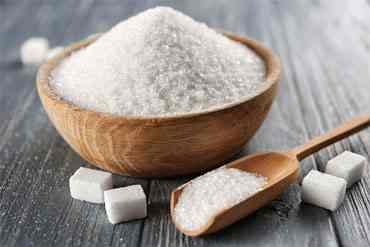 Sugar Industry
Sugar Industry  Textile Industry
Textile Industry  Tyre Industry
Tyre Industry